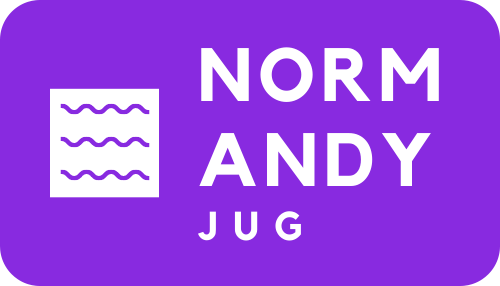Document AI, also known as document intelligence, uses machine learning to accurately identify information in unstructured documents. This technology is transforming how businesses view and manage their data by automating processes that formerly required human input.
Document AI has the potential to save many organizations a lot of time by reducing repetitive, manual tasks that are essential to day-to-day operations. Moreover, it can help users focus on the most relevant data for their needs, eliminating redundancy and improving efficiency.
AI-Enabled Documentation
Whether your business needs to analyze documents for legal compliance, business intelligence or financial data, AI-enabled document management can help you unlock the value in your unstructured information. It can also automate processes to streamline workflows and provide valuable insights for informed decision making.
Using document analysis and retrieval tools, businesses can quickly locate key information that is hidden in thousands of documents. The technology enables intelligent automation to quickly identify and extract textual content, classify documents and link them with other relevant documents.
In turn, this results in faster retrieval of valuable data and more accurate information extraction. This can significantly increase a business’s efficiency.
AI-based document management systems can help eliminate manual data entry and other tasks to improve productivity and enhance customer service. This also frees up employees to focus on higher-level business goals.
AI-Based Drafting
AI-based drafting tools are becoming more popular as they help businesses save money and increase productivity. These programs automate the drafting process by analyzing data and formulating it in a sophisticated manner.
Companies use these tools to write a variety of different content types, from product descriptions to blog outlines. They can also provide a range of services, such as grammar and plagiarism checks.
These tools are especially useful for marketers who are responsible for creating a lot of content in a short period of time. This saves them from the headache of having to churn out countless pieces of copy, and it can also get them over that dreaded writer’s block.
A good AI writing tool will also have a strong grammar and spelling checker. One of the best tools is Sapling, which can catch 60% more errors than other grammar and spelling checkers.
AI-Based Review
AI-based review tools and techniques are still in their early adopter phase but they have a lot of potential. They can automate and enhance team productivity by providing more actionable insights, metrics and functionality than humans could achieve alone.
AI has already been used to predict enzymes better than human experts, and is proving useful in cancer research to reduce the likelihood of misdiagnoses and create better treatments for patients. However, it is not without its challenges.
Using AI to improve clinical trials is a smart move, particularly in the design and conduct phases of the process. It could help optimize some of the most time-consuming aspects, such as patient selection, matching and enrollment. It also has the potential to reduce harmful treatment side effects and boost the effectiveness of new drugs, technologies or procedures. But more studies are needed to validate these tools and facilitate their adoption.
AI-Based Training
AI-based training is a fast-growing trend in the Learning and Development sector. It’s transforming the way training is viewed, delivered and tracked.
AI learns and adapts to a user’s needs, adjusting to their progress and providing additional support as needed. It’s also capable of analyzing data and making recommendations based on previous behavior, role or content preferences.
With AI-powered training, organizations can save their L&D department time and prevent knowledge silos from forming. This also helps to increase employee satisfaction and productivity, which is a great way to boost ROI.
AI-based training starts with an assessment to discover a learner’s current knowledge level and gaps in their skills. This is followed by a personalized learning experience that’s customized to their current level of understanding and interest.
